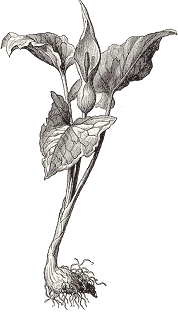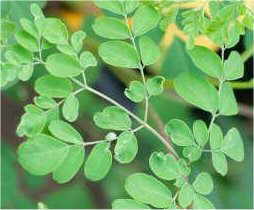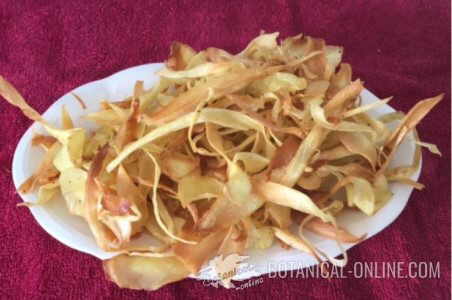Contents
Toxicity of Arum italicum
CHARACTERISTICS OF ARUM ITALICUM
Scientific noun: Arum italicum
Common noun: Lords-and-ladies
Family: Lords-and-ladies family – Araceae.
Habitat: Wet woods and mountains of Central and Western Europe.
Active principles: coniine (alkaloid), aroine (saponine) and possible glycosides that produce hydrocyanic acid once they are inside the stomach.
Active parts: The whole plant, specially the rhizomes and fruits.

PROPERTIES OF ARUM ITALICUM
Medicinal uses of Arum italicum
This plant has been used traditionally to get rid of intestinal worms, today is no longer in use.
Also used to heal mouth inflammations and certain kinds of nasal and pharyngeal cold.
The roots were also used to wash the clothes, but, because of irritations it produced in the hands, people stopped using it.
Edible properties of Arum italicum
Even rhizomes were cooked as food (When you cook them, you destroy its toxins)
Toxicity of Arum italicum
The toxicity of this plant is high. Mainly by accidental ingestion of the berries. Just by touching the leaves it might produce blisters, because of the oxalic acid it contains (some sort of crystals that damage skin).
![]() More information about plants.
More information about plants.








